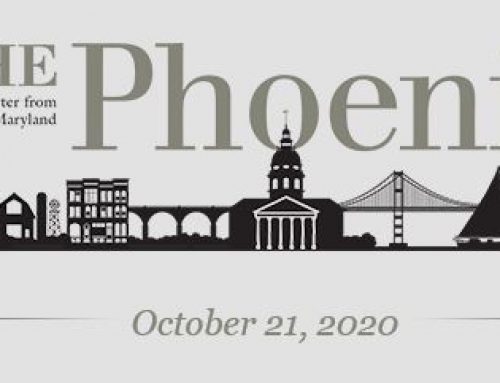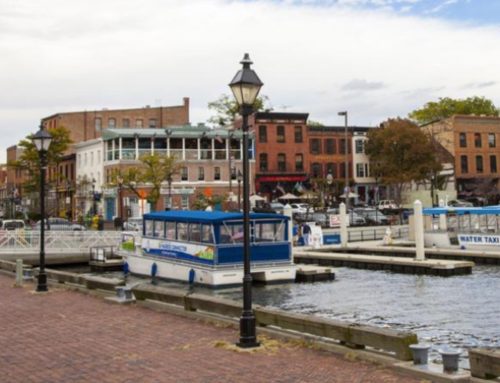Margaret O’Neal, senior manager at the Preservation Green Lab, posed a series of questions to MAHDC Board Directory Tom Liebel, FAIA, LEED Fellow, a principal with Marks, Thomas Architects, a Baltimore-based design firm. Liebel has been involved in integrating sustainable design principles into a variety of adaptive use and historic preservation projects, including innovative mixed-use projects such as Miller’s Court and Union Mill.
Excerpts below. Read the entire article.
MO: What are the most important contributions of older buildings to cities and neighborhoods?
TL: Our older buildings provide a sense of groundedness and context—they help us remember how we arrived in our current state. They also provide the armature upon which a new city can arise; as Jane Jacobs famously wrote—“Old ideas can sometimes use new buildings. New ideas must use old buildings.”
MO: Why should developers pay attention to successful reuse projects?
TL: Developers should pay attention to successful reuse projects for one simple reason—they are successful. And what is great about adaptive-use projects is that they can be not only financially successful, but they can also reduce the environmental impact of new development and help to heal established neighborhoods. Project after project—creative adaptive-use projects are breathing new life and vigor into existing communities and outcompeting new construction projects.
MO: What is needed to continue to pique developer interest in reuse?
TL: More examples of successful projects—the best model for a developer is a prior successful project. While I have no doubt more incentives would always be appreciated, the fact is there are many good examples of successful projects given current funding mechanisms.
MO: Do you think building reuse is a trend, or are people really starting to see the value of older buildings?
TL: Certainly in Baltimore we have been working on the creative repurposing of older structures for over two decades, so I believe this is a long-term trend, not a short-term fad. There seems to be a growing national awareness of both the ecological and cultural value of preserving and reusing our built legacy.
MO: What are the biggest opportunities for older buildings in the near future?
TL: Older buildings have the capacity to transform to meet the new requirements of our modern cities. Well-built existing structures are great examples of one of the AIA’s Committee on the Environment (COTE) guiding principles of “long life, loose fit.” Buildings that can evolve and adapt have a much better chance of surviving than structures that are purpose-built for limited functions.






